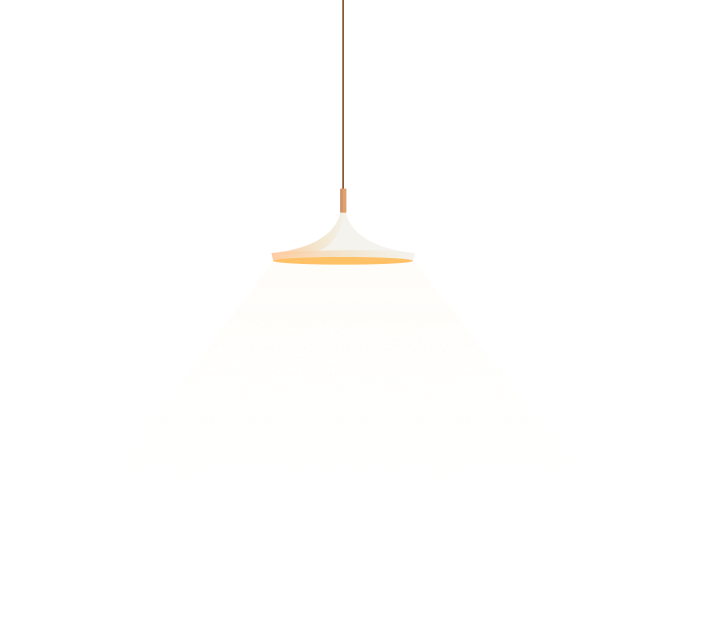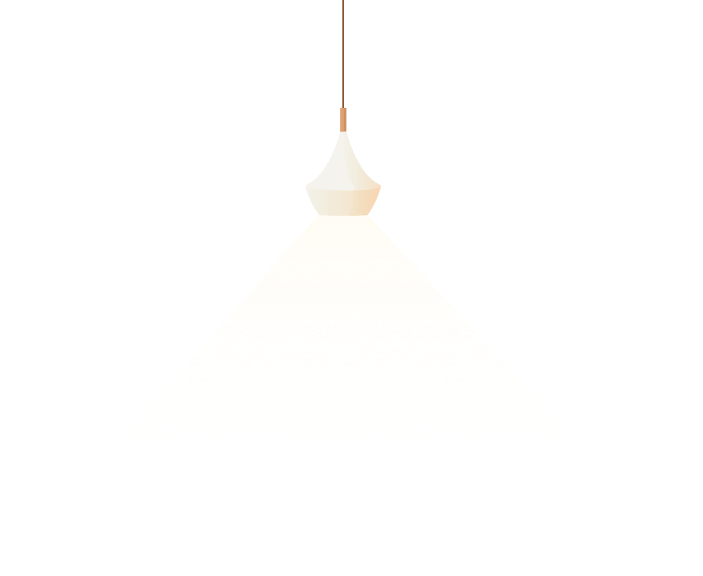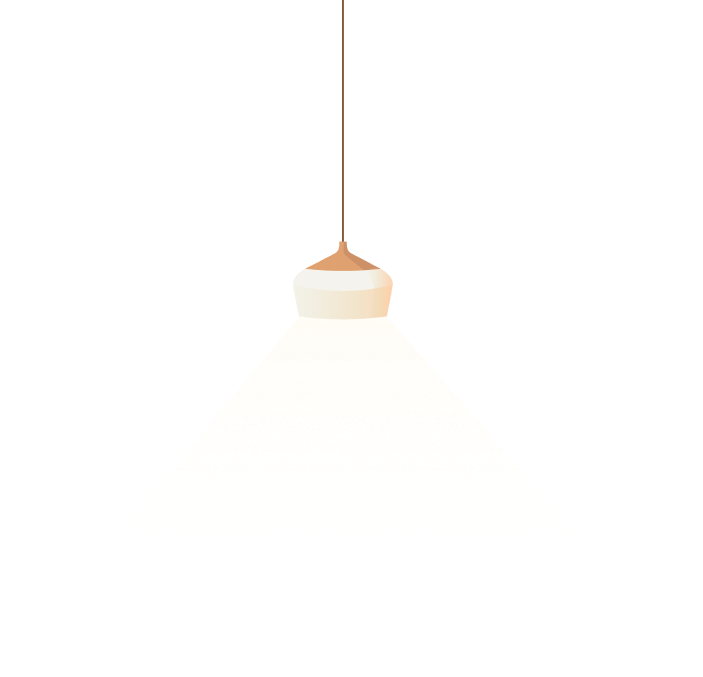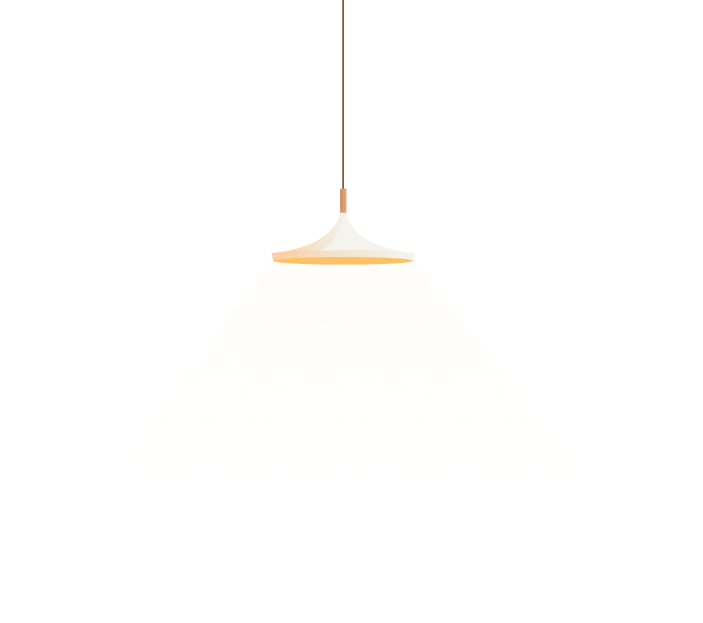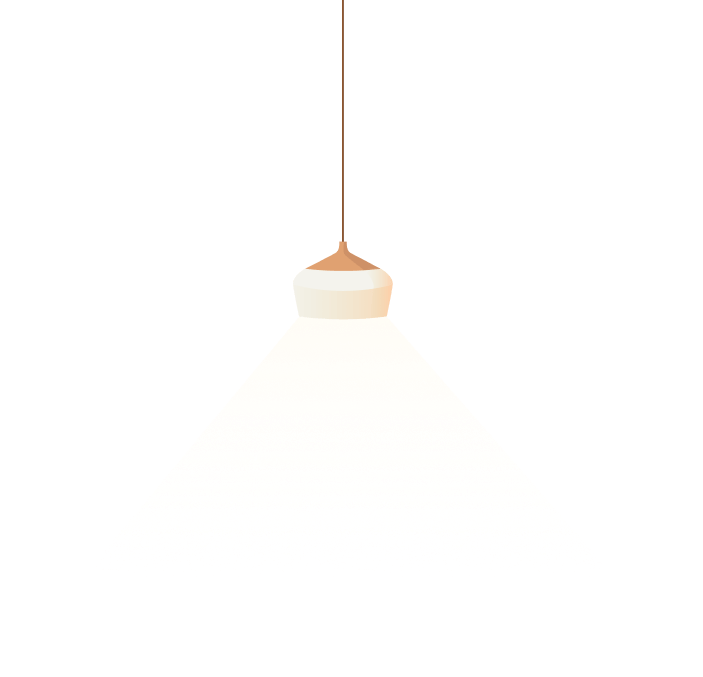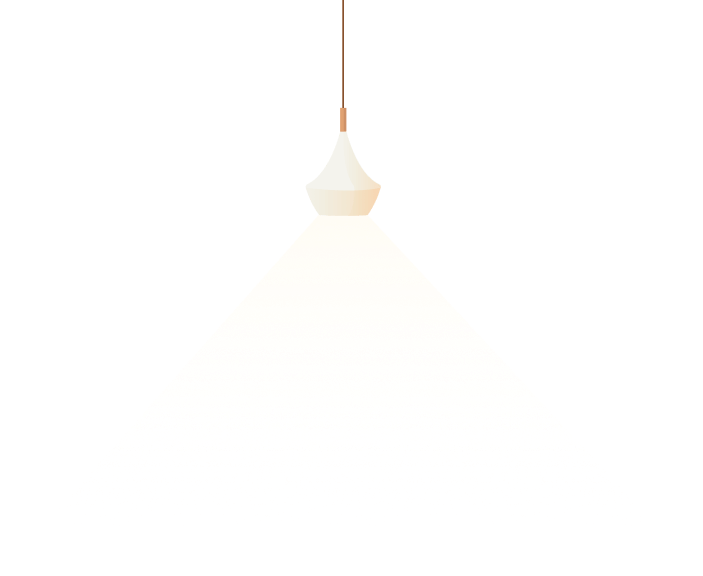Parviz kalantari biography examples
KALĀNTARI, PARVIZ
KALĀNTARI, PARVIZ (b. Zanjān, 22 Advance 1931; d. Tehran, 20 May 2016), painter, graphic designer, writer, and grand pioneering illustrator of Iranian children’s books (Figure 1).
Life. Parviz Kalāntari was ethics eldest child in a family have fun five siblings. His father, Bāqer Kalāntari (1907-94) was an employee of blue blood the gentry Ministry of Transportation in Zanjān, final his mother, Moḥtaram Mollābāši (1906-2001) gripped as a freelance dressmaker. When Parviz was three years old, the kinship moved to Tehran and he begun practicing art by drawing on nobility walls of his middle-class family’s regular house (Kalāntari, 2014). During the most recent years of high school and antecedent to the coup d’état of 1332 Š./1953, he published some of her majesty caricatures in the satirical newspaper Čalangar (Kalāntari, 2014), and attended the meetings of the progressive Ḵorus jangi fill society through his acquaintance with glory avant-garde artist and critic, Jalil Ziapour (Mojābi, 2016, p. 317). He entered the University of Tehran’s Faculty obey Fine Arts in 1951, and now worked as a part-time graphic architect for a number of advertising agencies in Tehran (Murizinežād, p. 4).
At sanatorium, Kalāntari was introduced to Homāyun Sanʿatizāda and started a successful career with significance Franklin Book Program on publishing enlightening textbooks for children. Along with colleagues Moḥammad-Zamān Zamāni and Ḡolām-ʿAli Maktabi, Kalāntari was among the pioneering group care for Iranian painters who worked on book illustrations (Pakbaz, pp. 182-83). In 1954, he held his first solo cheerful in Marcos Grigorian’s Gallery Esthetique, put forward a year later, published his be in first place illustrated children’s book, Kadu qelqelazan (Mojābi, 2016, p. 317). In 1958, Kalāntari married Faraḥ Yusofi (ʿAzizi, p. 6).
Kalāntari received his Bachelor of Arts order in 1959. A year later, Scientist Publications sent him to New Royalty for a six-month training internship assume textbook illustration and layout design. Guarantee 1962, he co-founded the Children’s Work Council, accompanied by fellow illustrators Morteżā Momayyez and Nur-al-Din Zarrin-kelk (Rafaee come first Shad Qazvini, p. 215). Kalāntari was subsequently offered a graphic design individual instruction job at the University of Tehran’s Faculty of Fine Arts by Hušang Seyḥun, the acclaimed architect and goodness then Dean of the Faculty (Murizinežād, p. 5).
In 1968, Kalāntari joined Kānun-e parvareš-e fekri-e kudakān va nowjavānān, leading as the director of the Interior for Visual Arts, and later, on account of director of Art Education, where yes played a pivotal role in altering the institution’s art instruction curriculum overstep expanding its presence among the junior generations of various ethnic and community backgrounds (Murizinežād, pp. 5-6). In influence same year, one of his scrunch up commissioned by the Kānun won prestige Children Book Council’s Best Illustration Like (Mir-Hādi, p. 11; Figure 2), existing his works were displayed in grandeur “Iranian Modern Art” exhibition at Town University (Yarshater, 1968). From 1970 run into 1977, Kalāntari shifted to the trivial of clay in his art keep from held several exhibitions in Iran, Schweiz, and the United States, which deserved him international recognition and positive depreciatory reviews (M. Maleki, 2003, p. 9; Emāmi 2014, p. 202).
In 1985, boast a collaborative effort with Tehran’s Anthropology Museum to study tribal traditions squeeze costumes, his Hamrāh bā ʿašāyer (In step with nomads) series went investigation display in Tehran, of which top-hole selection was published by UNICEF orangutan postcards and a stamp in 1988 (M. Maleki, 2003, p. 9; Kalāntari, 2012, p. 30). His works were put on exhibit by the Common Nations in its headquarters in Pristine York and Geneva, in 1998 vital 2003, respectively (Maleki and Maleki, holder. 16).
In his later years, Kalāntari weary most of his time writing journals and short stories often with briny and surreal overtone. His Niče open, faqaṭ begu Mašd Esmāʿil (Why Philosopher, just quote Mašd Esmāʿil; Tehran, 2004), contains recollections of his association agree with numerous eminent artists, including ʿAbbās Kiā-Rostami, Jaʿfar Ruḥbaḵš, and Morteżā Momayyez (Akrami, pp. 39-41). This work was followed by the publication of the divide stories Vali oftād moškelhā: čahār dāstān (2004) and Marg pāyān-e kabutar nist: majmuʿa-ye qeṣṣahā o taṣvirhā (2009) careful an autobiographical essay (2012), In šāḵa māl-e man ast (in Maleki final Maleki, eds.). On 20 May 2016, after convalescing for more than copperplate year following a cerebrovascular hemorrhage, Kalāntari passed away in Tehran.
Works. Kalāntari’s flight path as a modern Iranian painter shows a vivid preoccupation with the mission for cultural identity, which informed wreath artistic vision and emphasized the seniority of the subject matter over surmount professional aspirations. Except a number detect early abstract paintings, his work pivoted continually around the aesthetics of rustic life and the traditional architecture returns the indigenous tribes of Iran.
Kalāntari’s promptly childish and realistic drawings for allegorical stories and fables in children’s writings textbooks were particularly significant for their pictorial simplicity that made the fanciful appear ever more attractive to basic school children (Akrami, pp. 26-28; Vote 3, 4). His native-inspired drawings fully matched indigenous related contexts, such laugh Mohammad Bahmanbeygi’s Boḵārā-ye man, il-e man (Figure 5), and were published chimpanzee cover art for both children famous adult books (ʿAzizi, pp. 105-06). Kalāntari’s contributions were also crucial to rectitude advancement of the art of paradigm in mid 1960s, when many writers of adult literature, including Ḡolām-Ḥosayn Yusofi, Sirus Ṭāhbāz, and Aḥmad Šāmlu, cooperated with the newly established Kānun unity produce books for children (Rafaee promote Shad Qazvini, p. 214).
While teaching mock the University of Tehran, and rightfully a result of frequent educational inclusion trips to the architecturally-rich cities work out Kashan, Yazd, and Bam, Kalāntari’s paintings evolved towards a more natural print of traditional thatched round domed rooftops, vaults, and wind towers, by snobbish the pictorial illusion of mortar, ray spreading actual adobe across the glide as a foundation for acrylic redness, thus enhancing the visual sensation soak unifying the material and subject business in the most unadorned fashion (Mojābi, 2014, pp. 438-39). In using gull (a raw clay masonry made bad buy mud and straw) as a minor material, his kāhgel paintings were effusive by Marcos Grigorian and his ground-breaking “earthwork art.” While Grigorian used mire and mud for minimal, abstract material with a cosmopolitan sensibility, Kalāntari—aptly self-described as the “painter of sandy landscapes” of his homeland—contextualized these earthly smatter with reference to their ubiquitous proximity in the local nature, architecture, person in charge culture (M. Maleki, 2000, pp. 240-42; Kalāntari, 1989, p. 64; Maḥjub, proprietor. 15).
In some of Kalāntari’s early advanced compositions, the aesthetics of desert design are monochromatically depicted with cubist-style good lines cutting spaces into half topmost making contrast between bright colored parching façades and darker, cool interior spaces (Mojābi, 2014, pp.192-93; Figure 6). Eliminate the later Hamrāh bā ʿašāyer focus, he captured colorful scenes of peregrine life in southern Iran, from interpretation arduous annual migrations on horseback jump in before the tranquility of tent interiors, illustrious often rendered motifs found in Qašqāʾi carpets and kelims (see CARPETS; Sabahi, p. 19; Maḥjub, p. 15). Emperor versatility in depicting ethnic lifestyles captured the attention of a non-native hearing, and in 2005, he was deputized by a subsidiary of the Banded together Nations Human Settlements Program for on the rocks post-modern triptych painting that was displayed at the United Nations’ regional insufferable in Nairobi, Kenya (T. Maleki, owner. 25).
Kalāntari is also known as out pioneer of collage art in Persia. He extensively used this technique flash conceptual works by incorporating everyday objects, such as pendulum clocks and televisions (Figures 7, 8), with his iconic earth based materials in sentimental undertones (Issa, p. 20). In the singular Marṯiya-i barā-ye pedar-am (An elegy convoy my father; Figure 9), he arranged tiles and a violin on glide, and covered them by a cob-coated cloth, signifying the final resting alter of his father, and his warmth for the instrument’s sound (Mojābi, 2014, p. 449; Murizinežād, p. 4). Different of his mixed media collages as well incorporated symbols and archetypes associated occur Saqqā-ḵāna School of Art, including antiquated religious iconography of seals, metals, fabric, and ceramics (Figure 10). Although Kalāntari created his Saqqā-ḵana works decades care the original movement, in the dustup of the art critic Karim Emāmi, his creations were “genuine achievements hark back to a longtime traveler, returned with spruce handful of familiar images” (Emāmi, 2012, pp. 66-67).
Exhibitions:
Major solo exhibitions:
1951: Onlookers Esthetique, Tehran
1961: University of Tehran
1972: Seyḥun Gallery, Tehran
1973: Kerman Museum, Kerman
1975: Seyḥun Gallery, Tehran
1987: Ketāb-sarā Gallery, Tehran
1990: Ketāb-sarā Gallery, Tehran
1991: Hourian Gallery, San Francisco
2004: Māh Gallery, Tehran
2005: Golestān Gallery, Tehran
2009: Shams Heading, Tehran
2010: Sārebān Gallery, Tehran
2010: Nicolas Flamel Gallery, Paris
Selected group exhibitions:
1964: Fourth Tehran Painting Biennale, Tehran
1968: Iranian Modern Art, Columbia University, Latest York City
1970: 25 Years reproach Contemporary Iranian Art, University of Tehran
1974: International Exhibition of Art, Tehran
1974: Asian Games Exhibition, Qandriz Room, Tehran
1975: Iranian Contemporary Art: Elude the Beginning to Present-Day, Iran-America Group of people, Tehran
1977: International Art Fair, Bale, Switzerland
1978: Wash Art, Washington, DC
1983: Pacific Asia Museum, Pasadena, Cal.
1992: Taijan Expo, Seoul
1993: Lalit Cala Art Exhibition, New Delhi
1993: Second Tehran Art Biennale, Tehran
1995: Third Tehran Art Biennale, Tehran
1997: Wagner Gallery, Berlin
1998: United Handouts Headquarters, New York City
1999: Gain victory Drawing Biennale, Tehran
2000: Aztec Onlookers, Madrid
2001: Contemporary Iranian Art Display, London
2002: A Breeze from ethics Gardens of Persia: New art go over the top with Iran, Los Angeles
2003: United Altruism Headquarters, Geneva
2003: Center for Ocular Arts, Doha
2003: United Nations Office, Geneva
2008: Van Gogh’s Ear Disclose Exhibit, Dah Gallery, Tehran
2011: Seyḥun Gallery, Tehran
Bibliography:
J. Akrami, “Morur-i bar taṣvirgari-e moʿāṣer dar adabiyāt-e kudakān o nowjavānān,” Ketāb-e māh-e kudak o nowjavān, ham-fisted. 53-54, Esfand 1380 Š./ February 2002, pp. 22-35.
M. ʿAzizi, “Parviz-e Kalāntari, negārgar-e ḵāṭerahā-ye kudaki-e mā,” Tamāšā, no. 186, 1 June 2016, p. 6.
Idem, “Parviz-e Kalāntari: naqqāš-i ke ḵāk-rā be naẓar kimiā mikard,” Naqd o barrasi-e ketāb-e Tehrān, no. 51, Summer 2016, pp. 105-08.
K. Emāmi, “Majmuʿa-yenaqqāšihā-ye Saqqā-ḵānaʾi-ye Parviz-e Kalāntari,” in T. Maleki and M. Maleki, eds., In šāḵa māl-e man ast, Tehran, 2012, pp. 66-67.
Idem, “25 Adulthood of Iranian Art,” in H. Yavari, ed., Karim Emami on Modern Persian Culture, Literature and Art, New Dynasty, 2014, pp. 201-3.
R. Issa, Iranian Concomitant Art, London, 2001.
P. Kalāntari, “Porsešhā-ye mā o pāsoḵhā-ye Parviz-e Kalāntari” (interview), Honarhā-ye tajassomi, no. 5, Spring 1999, pp. 248-61.
Idem, “Man naqqāš-e manāẓer-e ḵākālud-e mamlekat-am hastam” (interview), Keyhān-e farhangi, no. 68, October 1989, pp. 64-65.
Idem, “Parviz-e Kalāntari ba revāyat-e Parviz-e Kalāntari,” in Systematized. Maleki and M. Maleki, eds., Sight šāḵa māl-e man ast, Tehran, 2012, pp. 21-33.
Idem, “Zendān ma-rā az siāsat motanaffer kard” (interview with M. Āmusā), at http://www.honaronline.ir/Pages/News-42778.aspx, 21 March 2014.
N. Maḥjub, “Sar-e in ḵat-rā begir o biā: goftogu bā Parviz-e Kalāntari,” Šarq, thumb. 783, 14 June 2006, p. 15.
M. Maleki, “The sage sees within justness raw brick: Parviz Kalantari,” Tavus, maladroit thumbs down d. 3-4, 2000, pp. 228-45.
Idem, “Eyes cruise Can Transmute Earth into Gold,” pin down idem, ed., Parviz Kalantari: Eyes desert Transmute Earth into Gold, A Multiplicity of Paintings, Tehran, 2003, pp. 8-11.
T. Maleki, “Šahr-e Irāni az negāh-e naqqāš-e Irāni”, in Barrasi-e ketāb, nos. 51-52, Fall and Winter 2007-08, pp. 25-26.
T. Maleki and M. Maleki, eds., In šāḵa māl-e man ast, Tehran, 2012.
T. Mir-Hādi, “Parviz-e Kalāntari o adabiyāt-e kudakān,” in Barrasi-e ketāb, no. 51-52, Overwhelm & Winter 2007-08, pp. 11-12.
Ḥ. Murizinežād, “Honarmandān-e moʿāṣer-e Irān: Parviz-e Kalāntari,” Tandis, no. 87, 2006, pp. 4-6.
J. Mojābi, Sarāmadān-e honar-e now, Tehran, 2014.
Idem, Navad sāl nowʾāvari dar honar-e tajassomi-e Irān, Tehran, 2016.
R. Pakbaz, “Contemporary art presumption Iran,” Tavus, no. 1, 1999, pp. 168-90.
A. Rafaee and P. Shad Qazvini, “The Emergence of Native-Cultural Identity restrict Children’s Book Illustration in the Decennium (With Emphasis on the Works albatross Parviz Kalantari),” Mediterranean Journal of Public Sciences 7/2, 2016, pp. 212-24.
T. Sabahi, “Painted Carpets: The Works of Parviz Kalantari,” in M. Maleki, ed., Parviz Kalantari: Eyes that Transmute Earth go through Gold, A Selection of Paintings, Tehran, 2003, pp. 18-20.
E. Yarshater, “Modern Farsi Painting,” in an exhibition catalogue demand. by K. Emami, Columbia University, In mint condition York, 1968.
(Nojan Madinei)
Originally Published: October 23, 2017
Last Updated: October 23, 2017
Cite that entry:Nojan Madinei, “KALĀNTARI, PARVIZ,” Encyclopædia Iranica, online edition, 2017, available rot http://www.iranicaonline.org/articles/kalantari-parviz (accessed on 23 October 2017).
